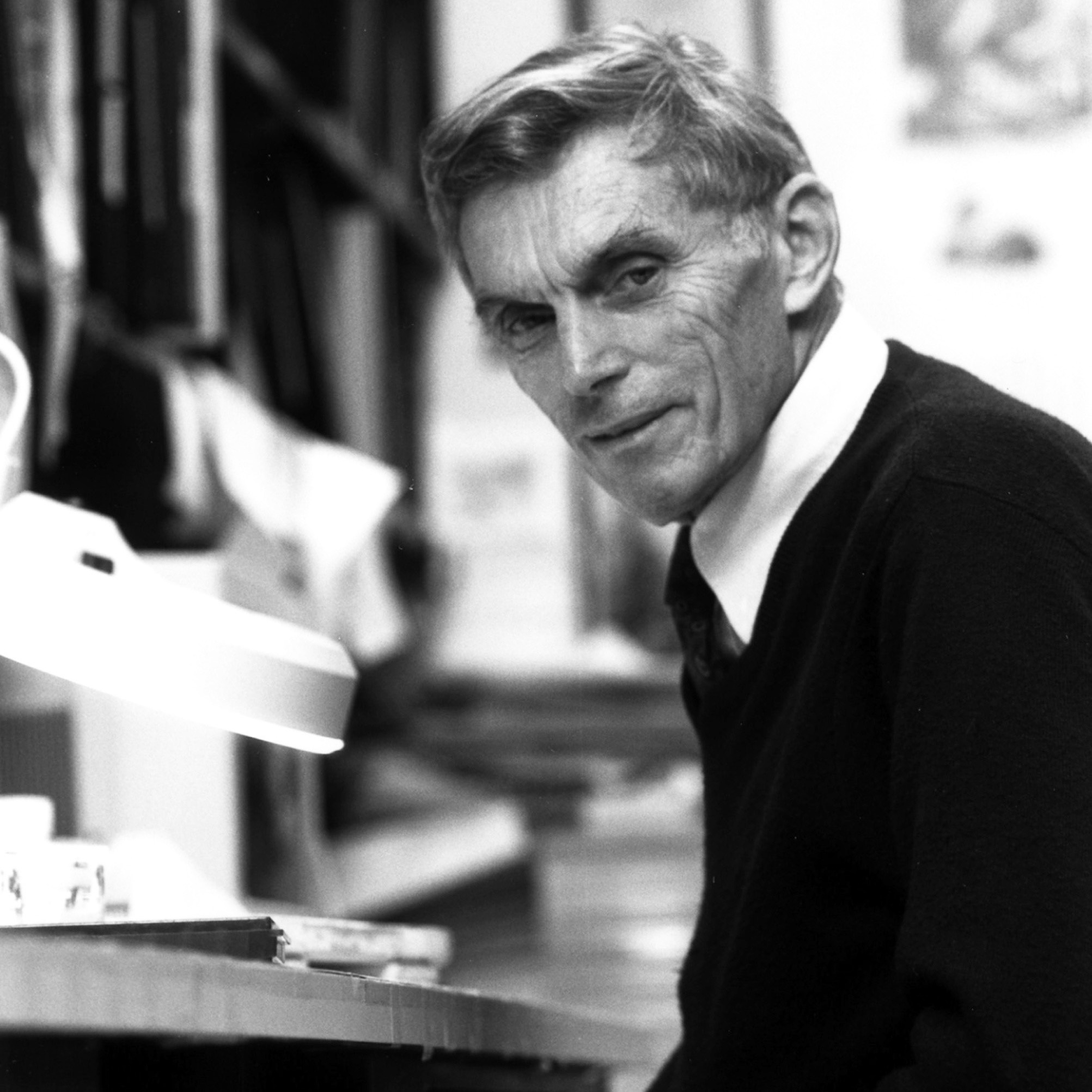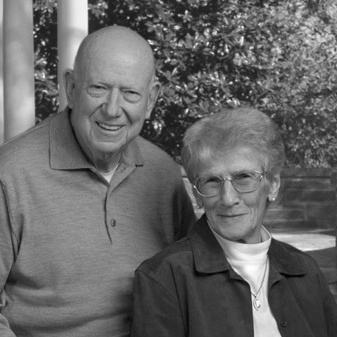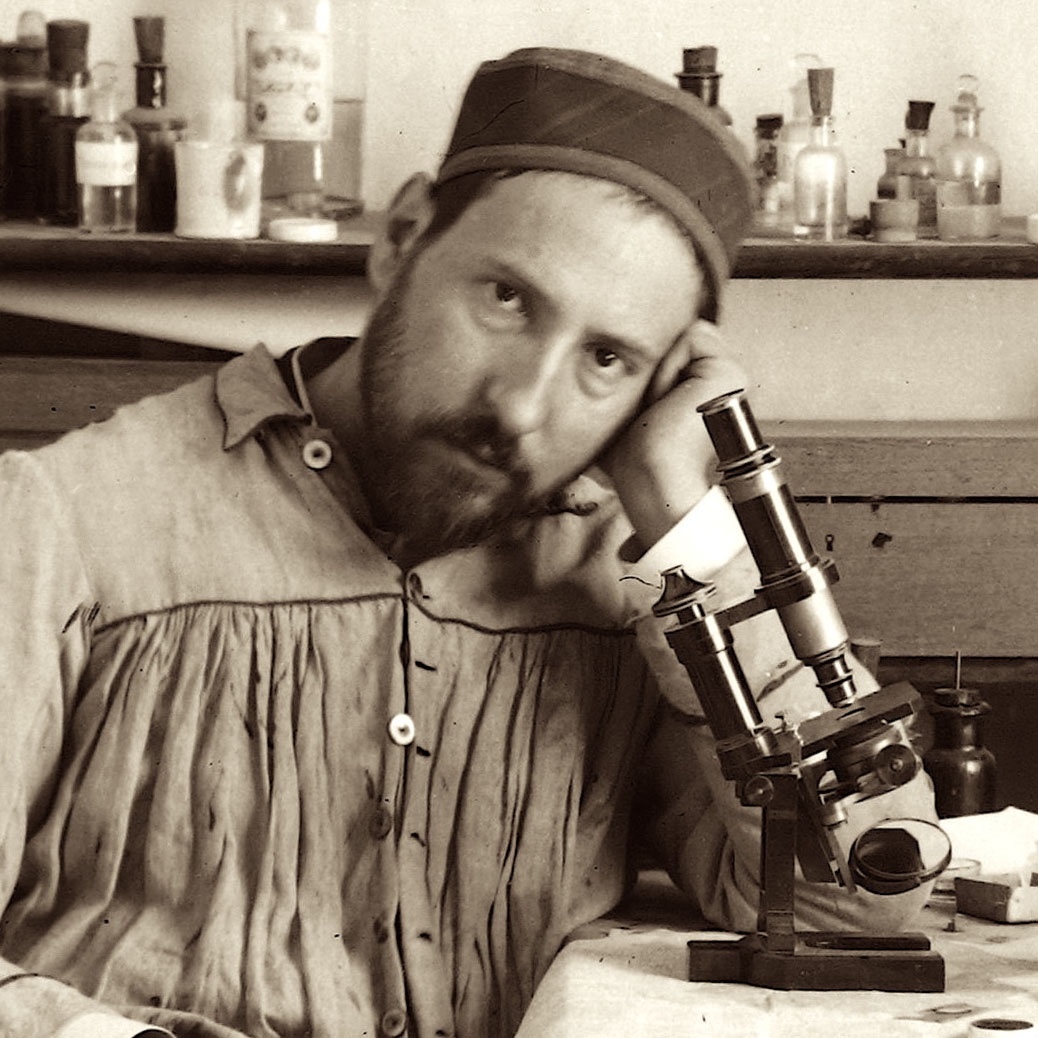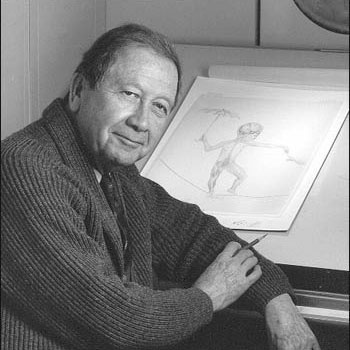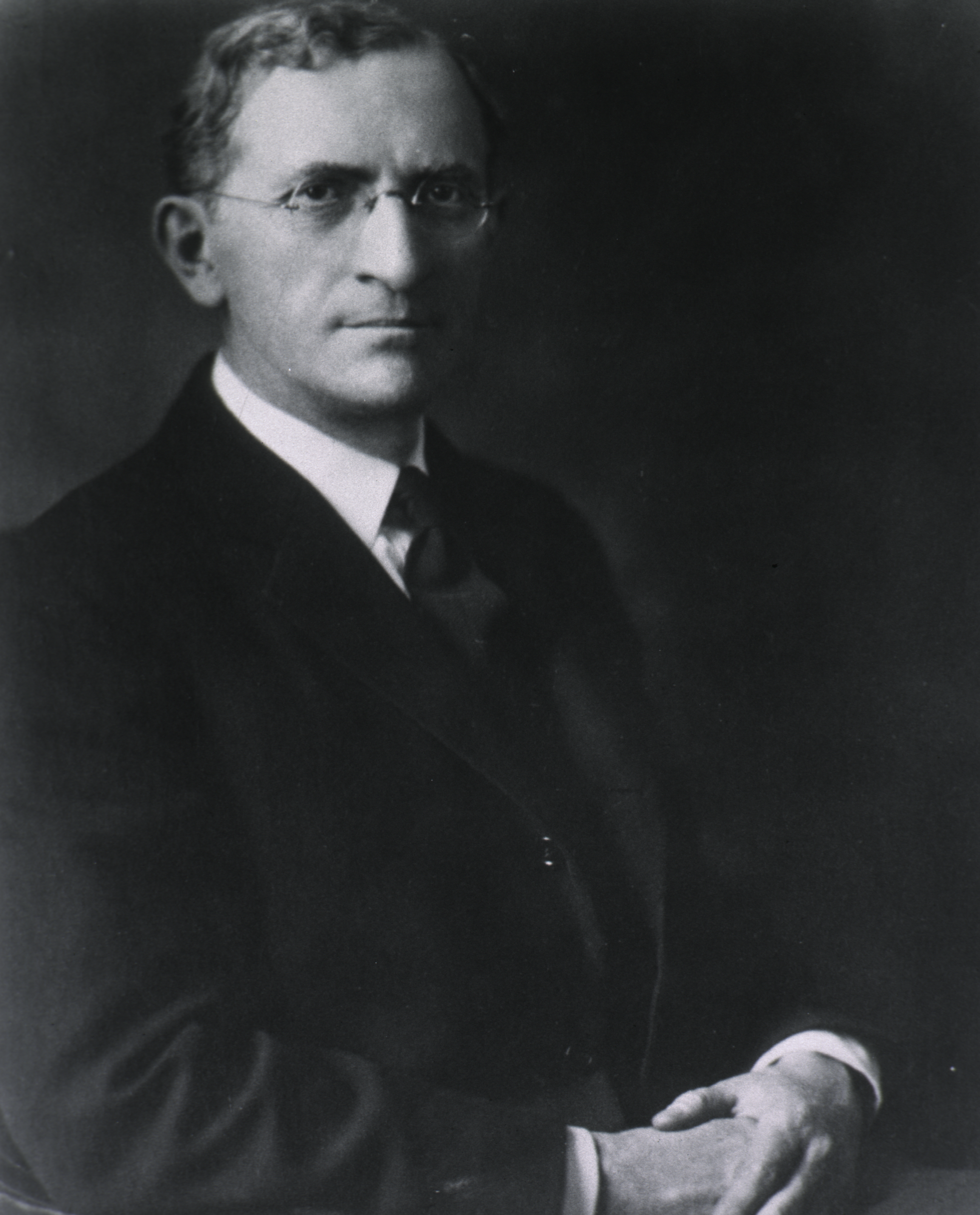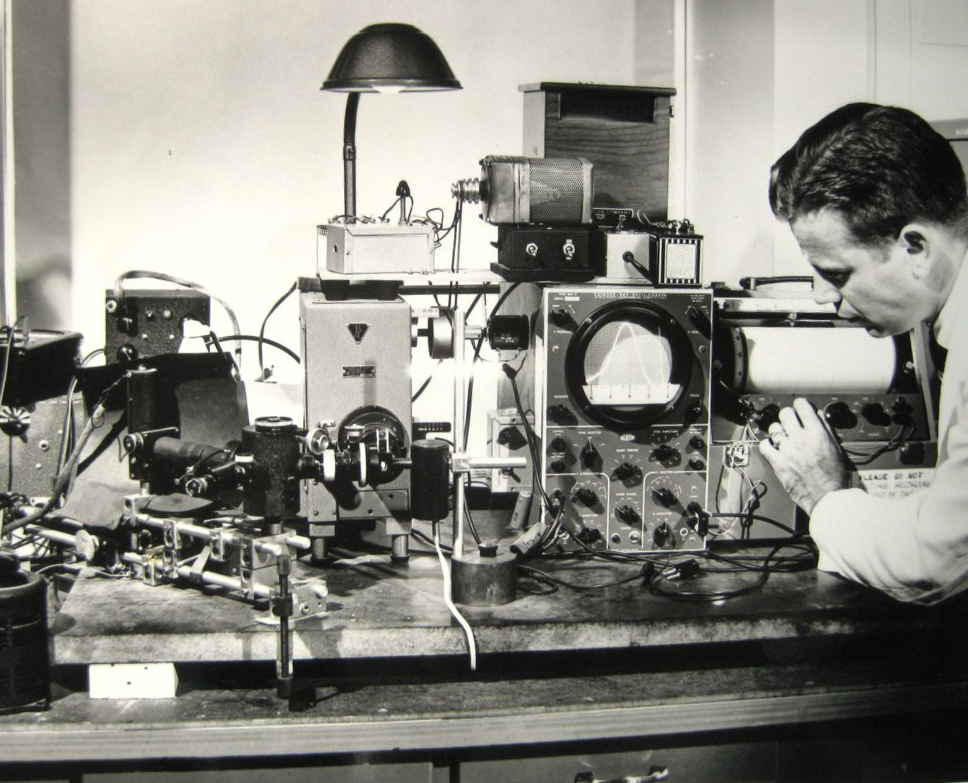Staff-Curated Collections
Onsite Exhibits Gallery
Christian Anfinsen: Protein Folding and the Nobel Prize
This exhibition celebrates Christian Anfinsen's legacy by illuminating just a few of his contributions to science and society.
Michael Potter: The Work of Michael Potter
To Potter, science was driven by curiosity, not competition, and the only goal was to answer questions about the nature of life.
Marshall Nirenberg: Deciphering the Genetic Code
This exhibit explores the Nobel Prize-winning work of NHLBI's Marshall Nirenberg, who deciphered the genetic code in the early 1960s with the collaboration of his NIH colleagues.
The Stadtman Way: A Tale of Two Biochemists at NIH
Accomplished biochemists and beloved mentors, Thressa and Earl Stadtman have worked at NIH for more than half a century.
Santiago Ramón y Cajal: The Beginnings of Modern Neuroscience
Santiago Ramón y Cajal was the first to describe the nervous system, including neurons, in exquisite detail. His original drawings, as well as information about current NIH neuroscience, are on exhibit in NIH Building 35, the Porter Neuroscience Center.
Howard Bartner & 40 Years of Medical Illustration
Howard Bartner, an NIH medical illustrator, devoted 40 years to portraying human anatomy in his drawings.
Roscoe Brady & Gaucher Disease
How medical researchers study diseases, by answering three basic questions. Focuses on Dr. Roscoe Brady's team at NINDS and their work with Gaucher disease.
Charles Darwin: Rewriting the Book of Nature
Formally titled “Rewriting the Book of Nature: Charles Darwin and the Rise of Evolutionary Theory,” the exhibit describes the Charles Darwin’s life and the fortunes of the theory of evolution by natural selection.
Joseph Goldberger & the War on Pellagra
Dr. Joseph Goldberger discovered of the cause of pellagra, a disease that killed many poor Southerners in the early part of the 20th century. His finding, that pellagra was caused by a diet deficient in vitamin B, was met by political and social resistance.
Martin Rodbell: How Cells Respond to Signals
Martin Rodbell and his colleagues discovered a mechanism that transformed our understanding of how cells respond to signals. In a series of pioneering experiments conducted at the NIH, Rodbell studied hormones--substances which have specific effects on cells' activity. He won the 1994 Nobel Prize for this work.
The AMINCO-Bowman Spectrophotofluorometer
In the 1950s, the NIH's Dr. Robert Bowman developed a sensitive instrument called the spectrophotofluorometer, or “SPF”, that allowed scientists to use fluorescence as a way to identify and measure tiny amounts of substances in the body. This exhibit explores the instrument and its use in scientific studies ranging from anti-depressant medication to AIDS research and the Human Genome Project.



